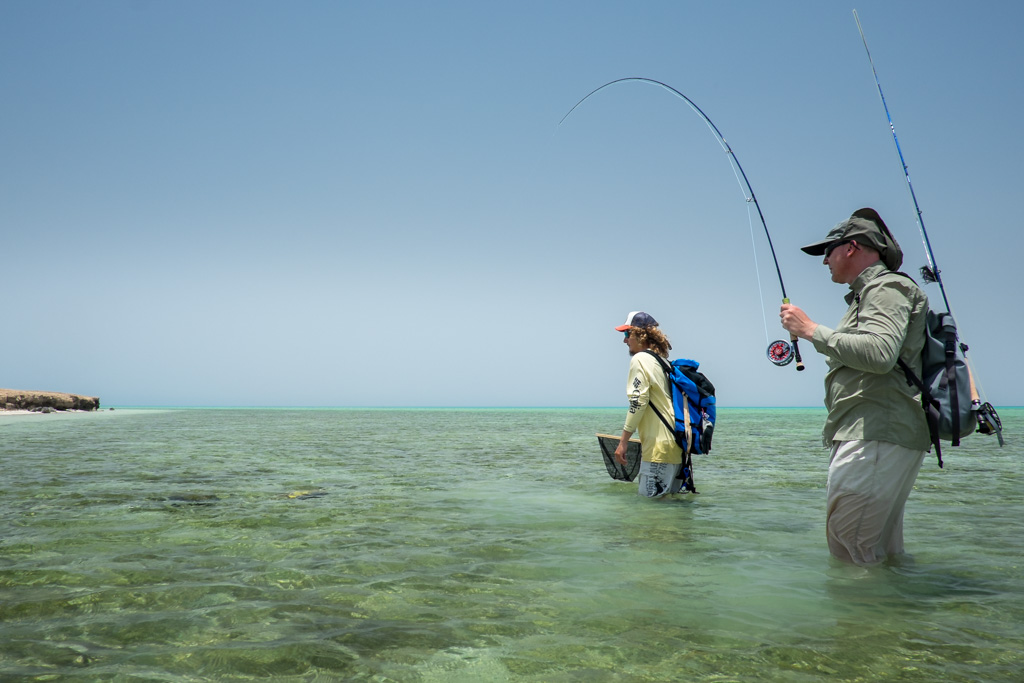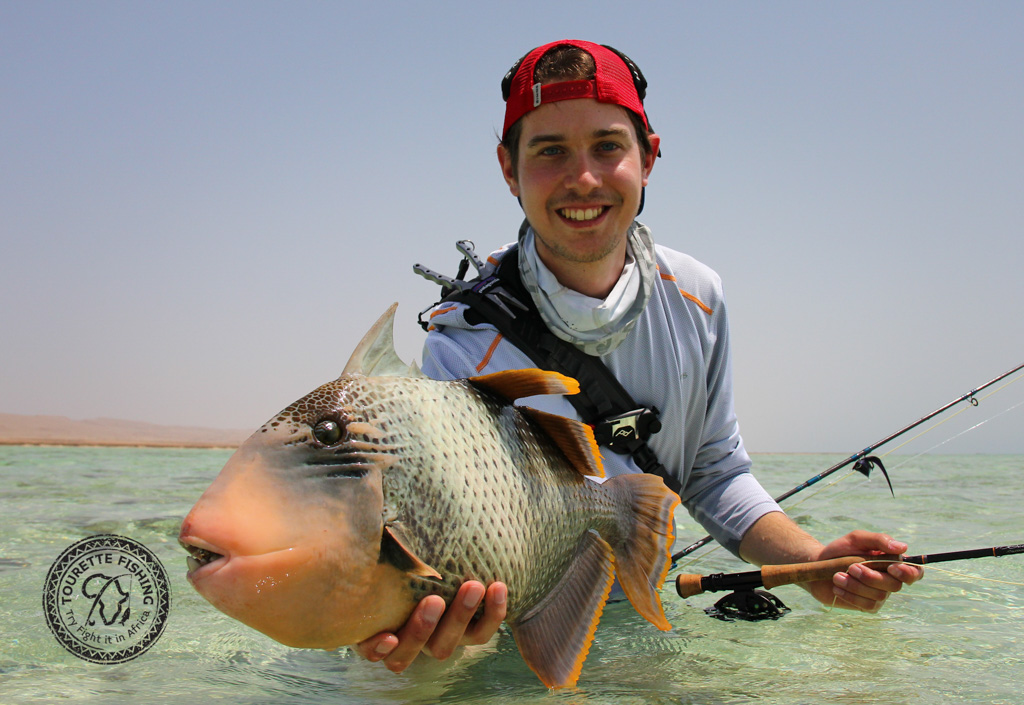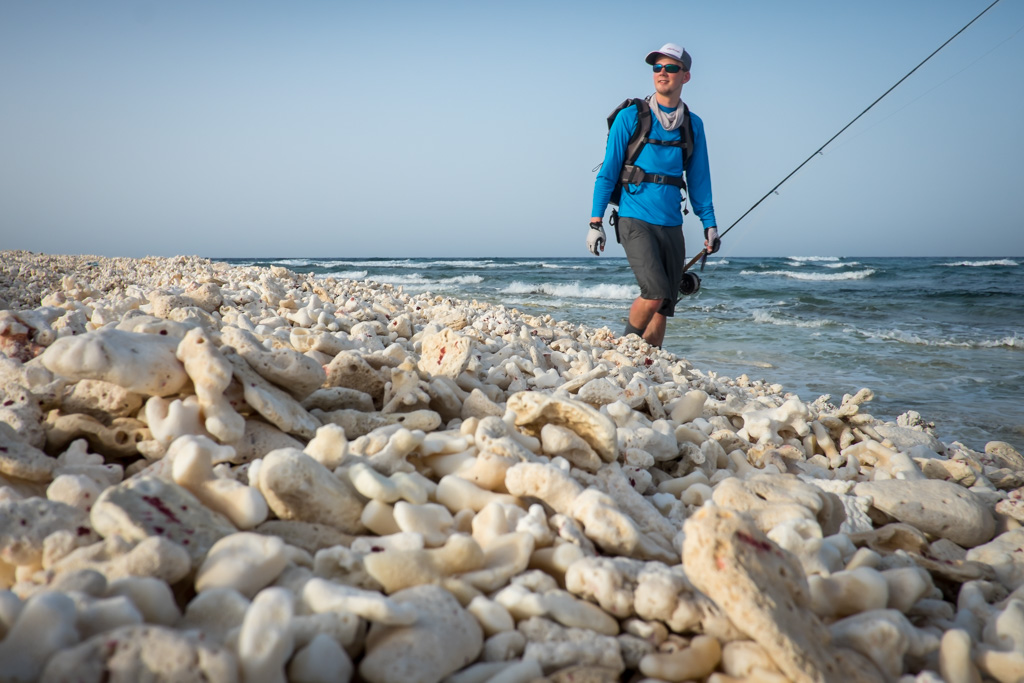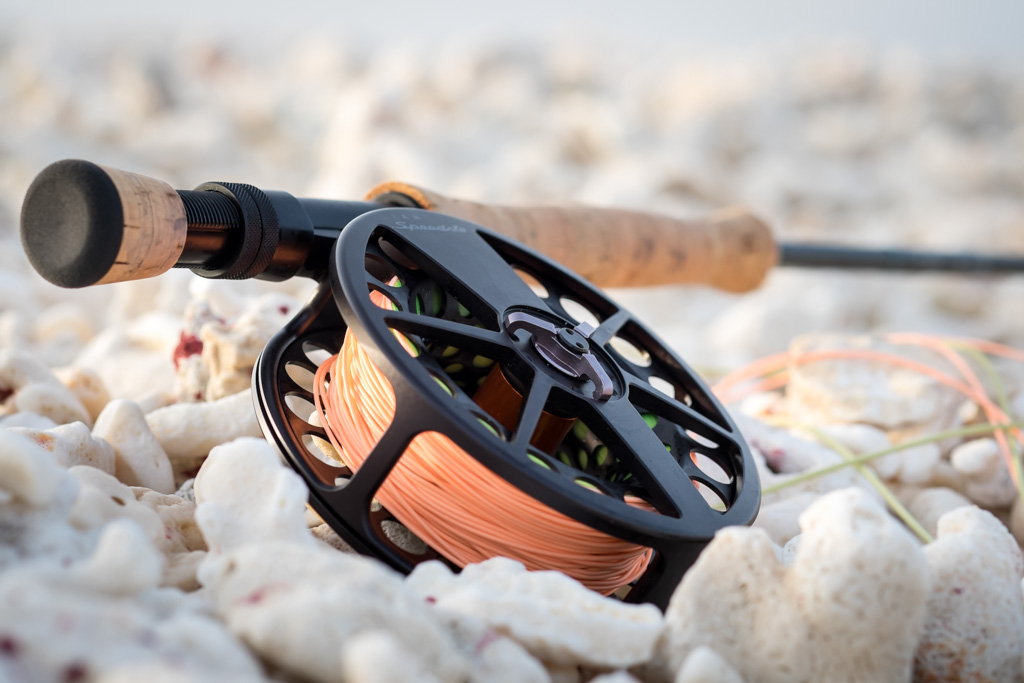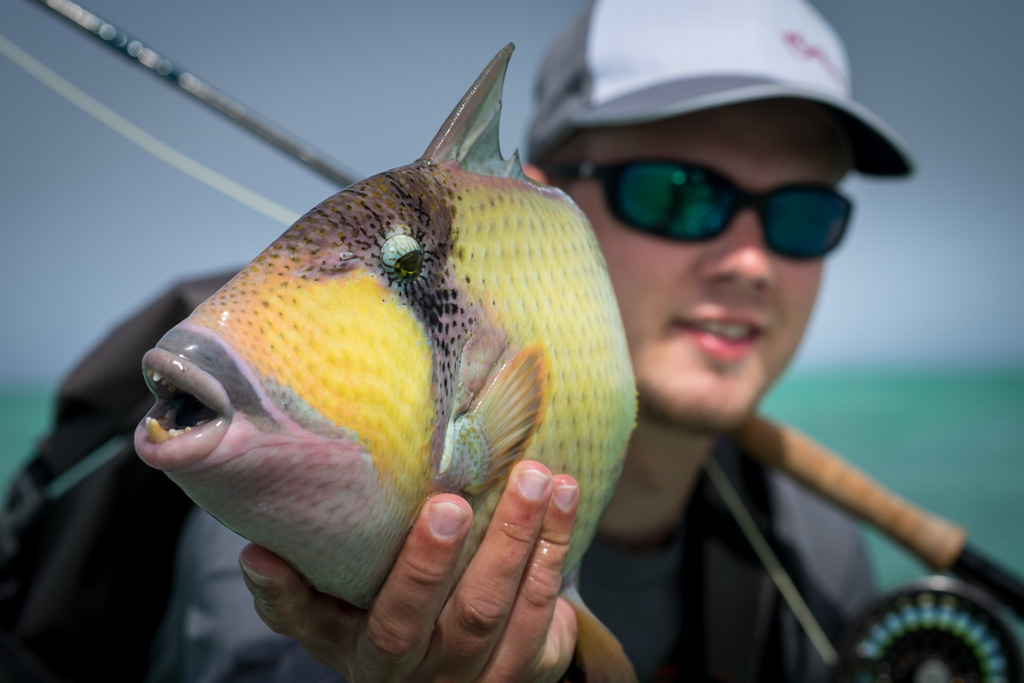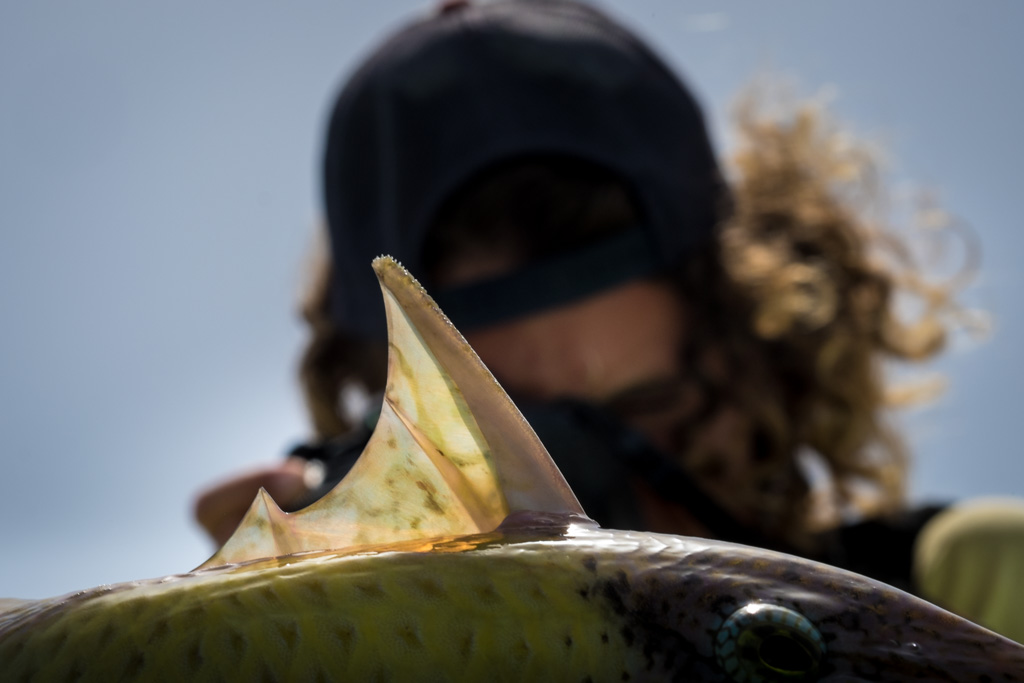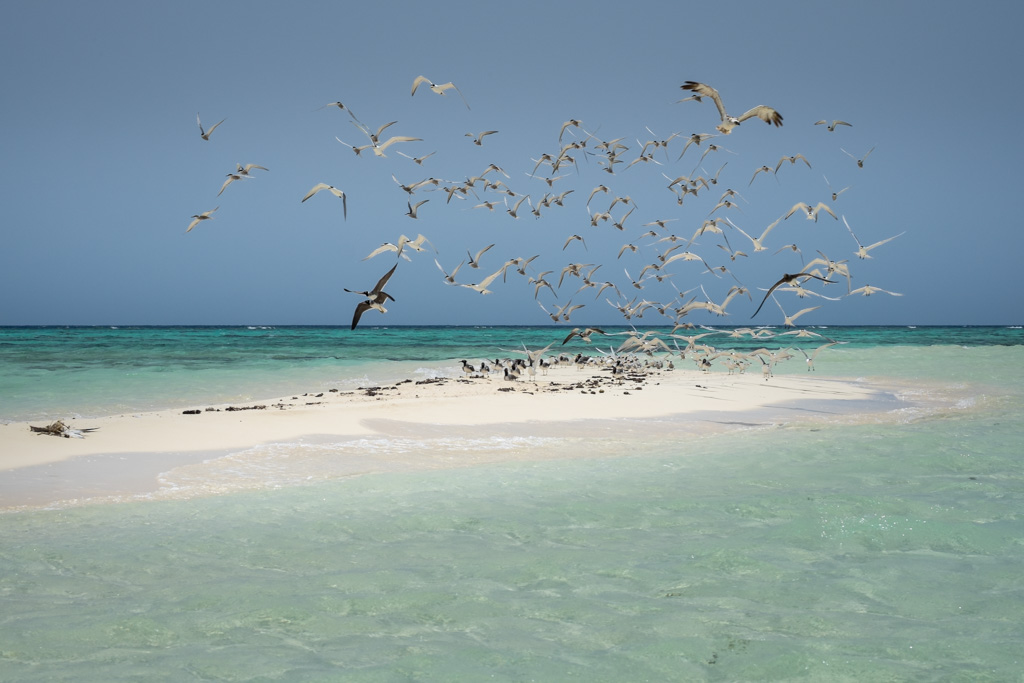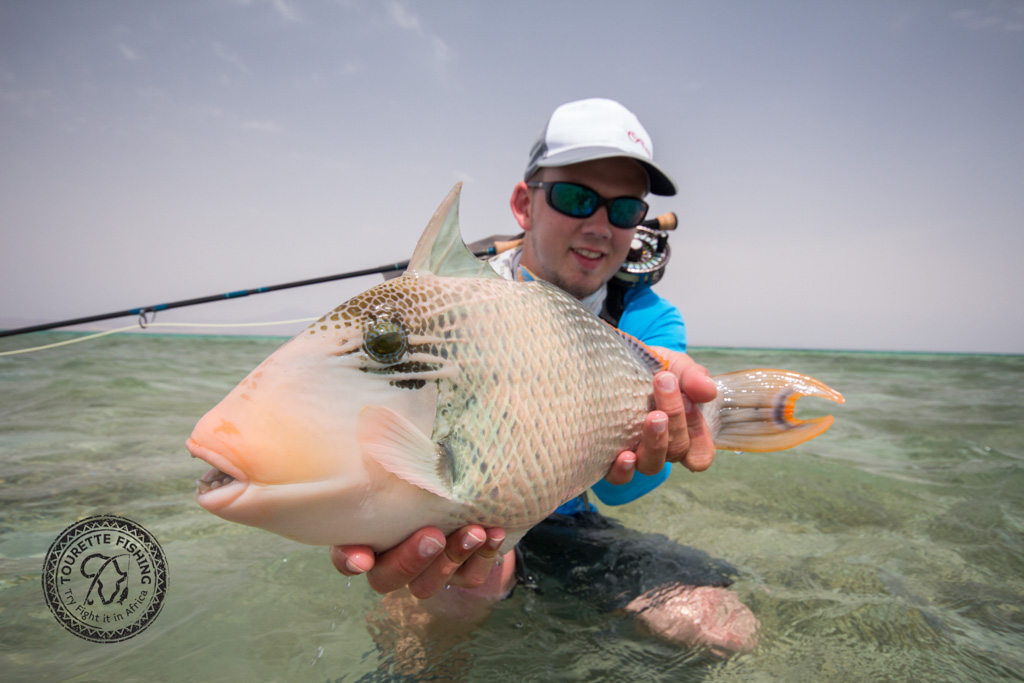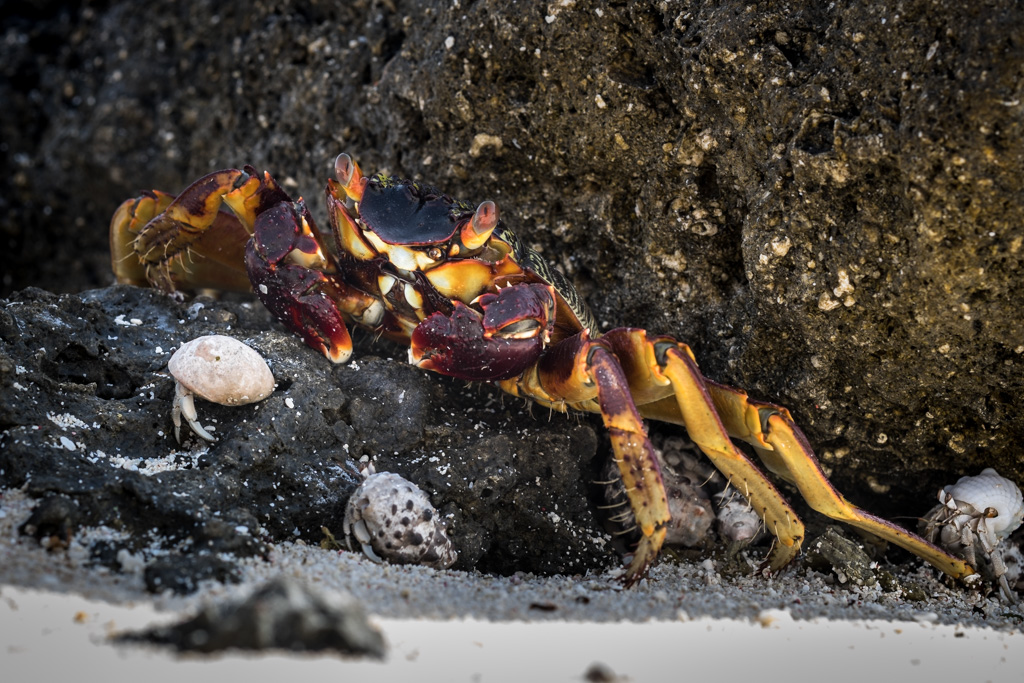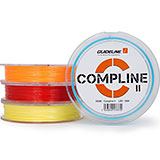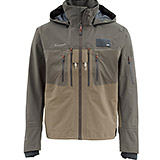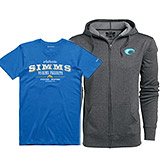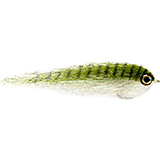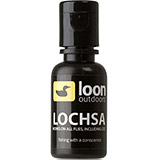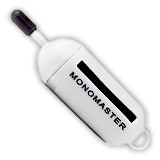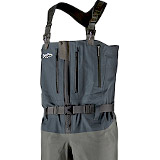Fly Fishing the Nubian Flats

Sudan and fly fishing?! Hearing that combination for the first time you'll probably be like: There's nothing but desert? Aren't there political issues? What kind of fish are living there??
These were our first thoughts when Lutz Shepers told us (Ben and Steffen) about Aardvark McLeod's new destination “Sudan”. But after a quick online research we knew that we have to do this trip! The newly discovered outstanding triggerfish area with chances to catch some trevallies and other species was more than tempting.
The adventure was about to start on May 17th – one week fly fishing the nubian flats in the middle of the red sea. Our flight via Dubai took us to Port Sudan. A local tour operator helped us with the entry and the journey continued in a good old fashioned tour bus. We headed out for the Nubian Desert right into the barren back country with nothing but sand, hills and poor vegetation. Hard to believe, that besides camels we found people living in this harsh environment throughout our three-hour drive. After several checkpoint we finally arrived at the military harbour and our guides Mark, Fede and Stu welcomed us on the “Scuba Libre” mother ship. Get rid of your shoes and ready for a week boating life! We quickly unpacked our stuff and after dinner Mark introduced us to the upcoming trip. Full of anticipation but a bit tired we then went to sleep on deck of the boat.
The fishery in the following six days was extremely diversified. We anchored our mother ship in different areas in front of small islands and headed out with long-boats. 3 persons + at least 1 Guide at a time either fishing the flats or the reef. Every island was different and its characteristic – from long sandy beaches to cliffy high banks and hard coral grounds on the flats. But they all had one thing in common: many triggers – our target species on the flats. A weird looking fish but really beautiful in its way!
Very slowly we waded along in knee to chest-deep water until a tailing (feeding) or slowly moving trigger appeared. But to see these fish is far away from hooking one, as we had to learn quite soon. Some are spooked as soon as the crab hits the water.
Others take a quick look at the fly and swim away like stung by a bee. Light tan and sand coloured crabs appeared not to be that scary and if you teased the trigger with some short strips, chances were good for a take. That's the next barrier. The trigger dives his head towards the fly to start picking in a vertical position. You can feel these "tocks" while sloooowly retrieving the fly line, but if you try to set the hook there's no tension. In that case the trigger often chases the fly again and repeats working on your fly to the tip of your rod or until your fly is destroyed. If you are able to set the hook properly, barrier three starts: drilling the fish. On a 12 to 15 lbs tippet a good trigger easily spools your fly line and continuously bites the tippet. That way we lost several good ones. Even if they are close you think you're going to land the fish, it keeps looking for holes to hide. For that case our guide Stu always carried diving goggles. Steffen was really glad about that, as Stu dived for his first trigger to get it out of a hole. Finally all of us were able to land some nice triggers throughout the week although fly boxes were quite empty in the end.
While fishing the flats our #12 rod was always within reach. Quite often we had cruising bluefins, GTs and even barracudas within casting distance. You had to be really fast to present your NYAP or brush fly in front of the fish. We hooked several bluefins and Joern landed a GT with a total length of 1 metre. What a monster fish of the flats, congratulations!!
In the evening hours or when the light hasn't been perfect for the flats we went out to the reef for some teasing. That's where the real action startet! You place yourself close to the edge of the reef where the water level drops from 1 metre to 90 metres or more. You try some blind casts and then the guide teases fish with a spinning rod and a from far out close to the edge. You cast your fly near the incoming teaser and strip as fast as you can. Are there big GTs behind the teaser you're running on pure adrenalin and if one of these beasts takes your fly you got to be fast: setting the hook and find a way to the edge. As soon as your guide screams "Run! Run! Run!" you have to hurry up and if you hear "Swim, swim, swim!!" you either fell in a hole between the corals or you stumbled over them laying in the water. In these situations you easily loose the fish and it's luck if your fly line hasn't been cut by corals. We lost some good fish that way. Especially Lutz who hooked 3 big GTs within less than an hour and lost all of them, one fly line and bent some hooks. In addition later that day he unfortunately scratched his leg bad on a coral and he hobbled back to the shore. Arriving there, he found some big GTs cruising along in skinny water. He took his chance and transformed all his bad luck into a mean 90 cm GT! Just fortune?? Fishing the reef is definitely made for hardcore anglers. You have to physically fight hard and endure painful scratches. Everyone ended up with some souvenir scratches but we landed some good fighting bluefins, a bohar snapper and two more GTs.
Of course these six days of fishing ran by way to fast. We fully adapted the "Eat, Sleep, Fish" rhythm and were eager to fish some more days. We enjoyed the expedition feeling on board which is a wilder experience than living in a lodge. Between two sessions we We even had the opportunity to do some snorkelling...no wonder that these areas provide one of the best diving spots in the world!
Hats off to the guides, who really spare no effort and fished with us every day from morning till sunset! We will be back to Sudan for sure!






